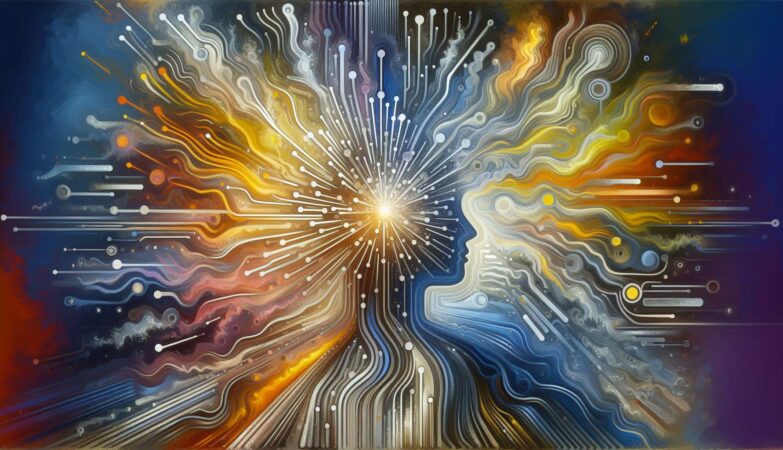Usually, the physical layer consists of all the functions required to transmit a bit-stream (streams of 0’s and 1’s) over a physical medium. The electrical and mechanical specifications of the interface and transmission medium deals by this layer. However, it does not deal with the actual physical medium (like fiber, copper). Devices in Physical Layer are Hub, Repeater, Modem, Cables.
As we know that the physical layer transmits raw bits over a communication channel, we must make sure that the when one side sends 1 bit, the receiver on the other side must receive 1 bit not a 0 bit.
The main functions of the physical layer are listed as below.
Representation of bits:
The physical layer data involves a stream of bits (sequence of 0’s and 1’s) without any interpretation. To be transmitted bits must be encoded into the signals – electrical or optical.
- The physical layer defines the type of encoding (how 0’s and 1’s are changed in signals).
- This layer is responsible for the bit by bit delivery of the data to its upper layer called the MAC layer. Physical layer obtains data in the form of signals or the radio signals or the optical signals.
- The physical layer is responsible for delivering those signals from a cable, a Wi-Fi router or an optical fiber.
Data Rate (Transmission Rate):
The number of bits sends each second is also defined by the physical layer. In other words, the physical layer defines the duration of a bit also.
Synchronization of bits:
It is necessary to have synchronization between sender and receiver at the bit level that is the clocks of the sender and the receiver must be synchronized.
Line configuration:
The physical layer is responsible for the connection of devices to the medium. Two devices are connected through a dedicated link in a point-to-point configuration.
Physical topology:
The Physical topology determines how devices are connected to create a network. Devices can be using a mesh topology (every device can be connected to other devices), a star topology (all the devices are connected through a central device), a ring topology (devices are connected to the next forming a ring), or a bus topology (every device shared a common link).
Transmission mode:
The mechanism of transferring data or information between two linked devices connected over a network is referred to as Transmission Modes. They are simplex, half-duplex, or full-duplex.



